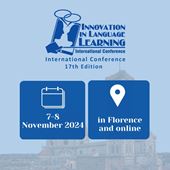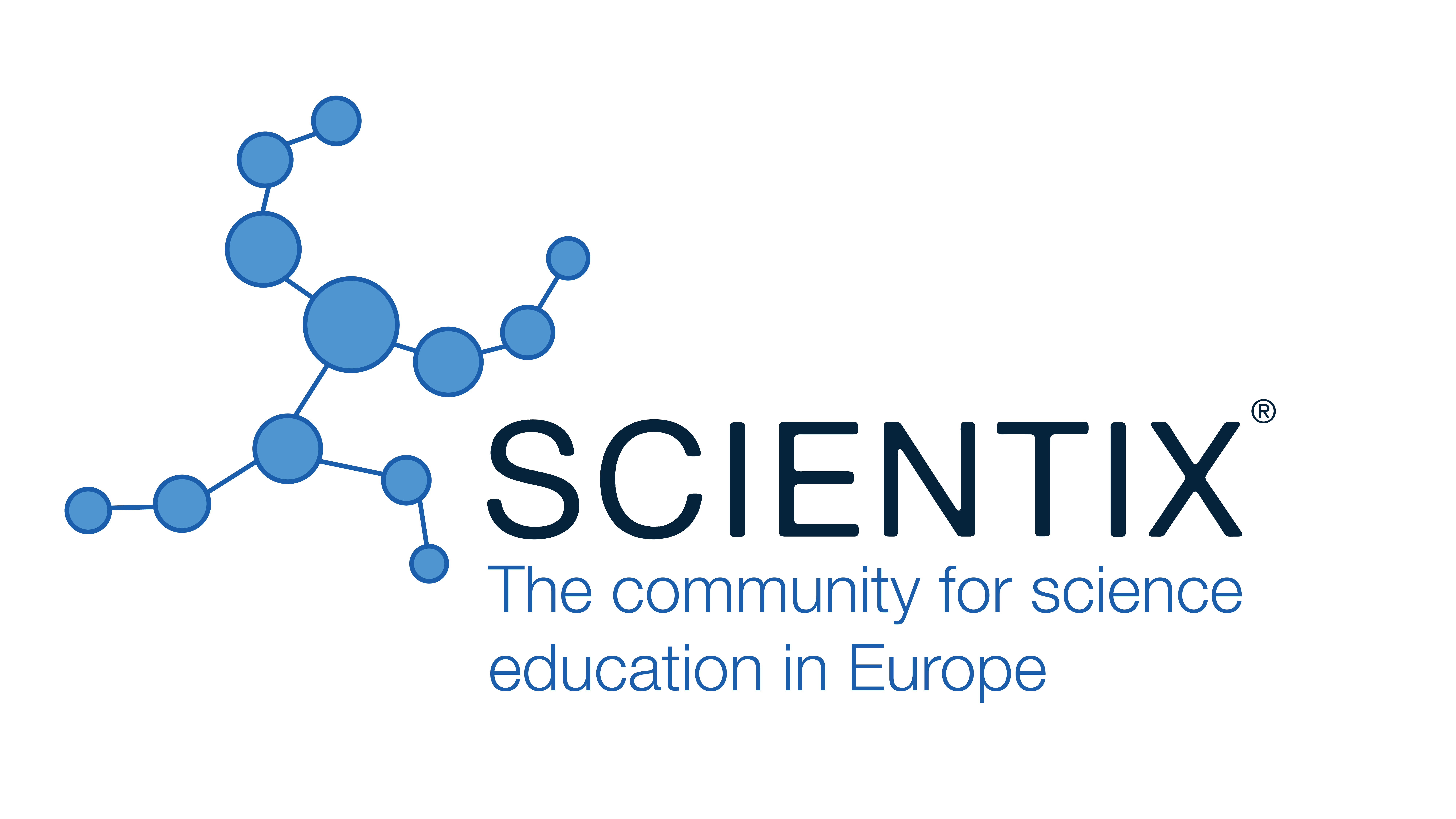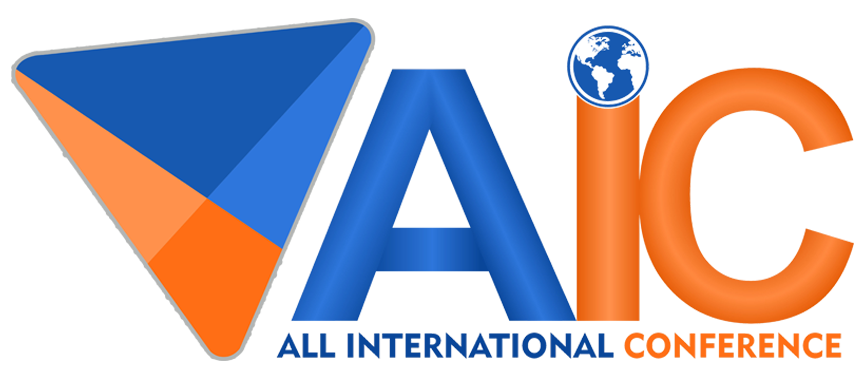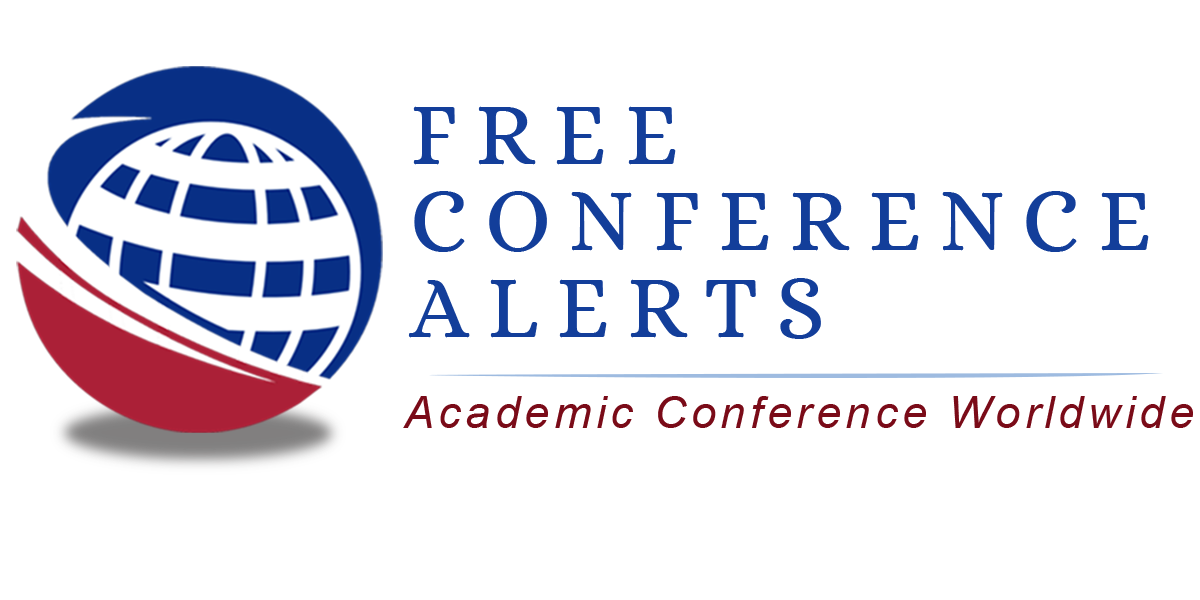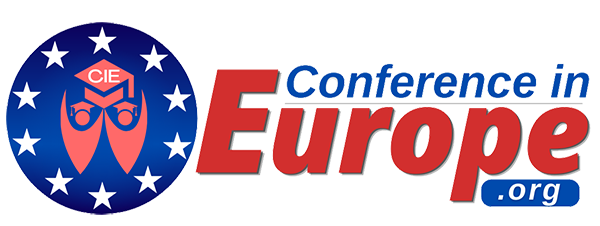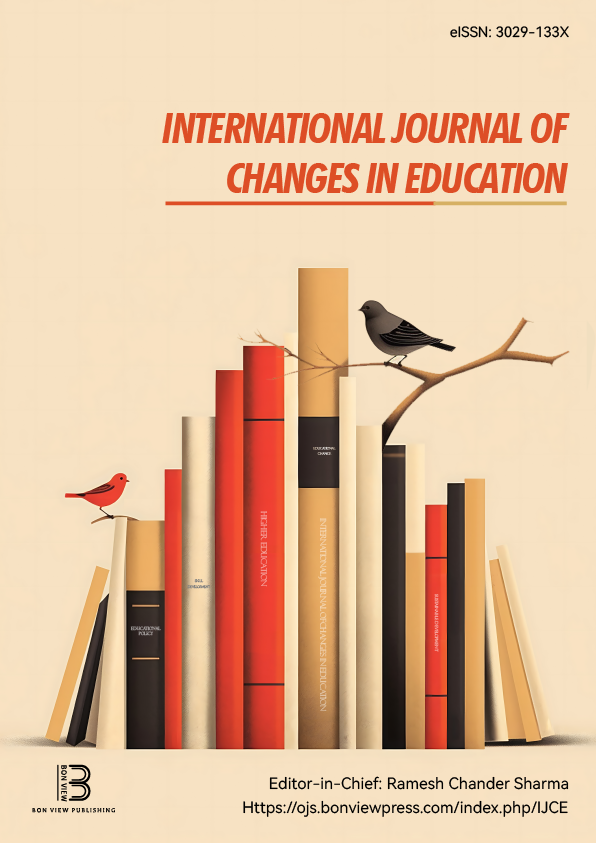The Impact of Course-based Undergraduate Research in Introductory STEM Courses at a 2-year College in the United States
Blakely Tsurusaki, University of Washington Bothell (United States)
Ann Murkowski, North Seattle College (United States)
Kalyn Owens, North Seattle College (United States)
Andrea Anderson, Soundview Evaluation (United States)
Abstract
In 2024, more than 10.5 million students in the U.S. attended public two-year colleges, representing nearly half of all undergraduate students. Almost 70% of STEM students at two-year colleges leave STEM pathways.1 Eighty-one percent of white women and students of color of both sexes report that poor instructional quality is an issue when they leave post-secondary STEM programs.2 The iRISE (Inclusive Research-based Interdisciplinary Science Education) Project seeks to increase engagement and retention in STEM pathways through providing students with research experiences in their introductory STEM courses that leverage culturally relevant teaching,3 place-based education,4 and science identity.5, 6 We utilize low-cost CO2 sensors to embed authentic, small-scale research projects in STEM courses. The students work collaboratively to design, implement, and present community-based research projects. We collected pre- and post-survey data and conducted interviews about the students’ experiences. In the survey data, students reported statistically significant increases in their confidence in their ability to do STEM research. Students also reported that they liked doing STEM research. In their interviews, students reported the value of conducting their own research, how conducting research in their courses made it ‘less intimidating’, how doing STEM research could create interest in STEM fields, and the value of STEM research beyond STEM careers.
|
Keywords |
Course-based undergraduate research, STEM education |
|
REFERENCES |
[1] American Association of Community Colleges. (2025, February 7). AACC Fast Facts 2025. Community College Daily. https://www.ccdaily.com/2025/02/aacc-fast-facts-2025/#:~:text=Overall%2C%20headcount%20enrollment%20at%20community,used%20for%20dually%20enrolled%20students. [2] Hunter, A., Seymour, E., Thiry, H., Weston, T., Holland, D., & Harper, R. (2019). Talking about Leaving Revisited: Persistence, Relocation, and Loss in Undergraduate STEM Education. New York: Springer. [3] Ladson-Billings, G. (1995). But that’s just good teaching! The case for culturally relevant pedagogy. Theory Into Practice, 34(3), 159-165. [4] Gruenwald, D. (2003). Foundations of place: A multidisciplinary framework for place-conscious education. American Educational Research Journal, 40(3), 619-654. [5] Chang, M. J., Eagan, M. K., Lin, M. H., & Hurtado, S. (2011). Considering the impact of racial stigma and science identity: Persistence among biomedical and behavioral science students. Journal of HE, 92(4), 564-597. [6] Johnson, A., Brown, J., Carlone, H., & Cuevas, A. K. (2011). Authoring identity amidst the treacherous terrain of science: A multiracial feminist examination of the journeys of three women of color in science. Journal of Research in Science Teaching, 48(4), 339-366. |
 New Perspectives in Science Education
New Perspectives in Science Education


